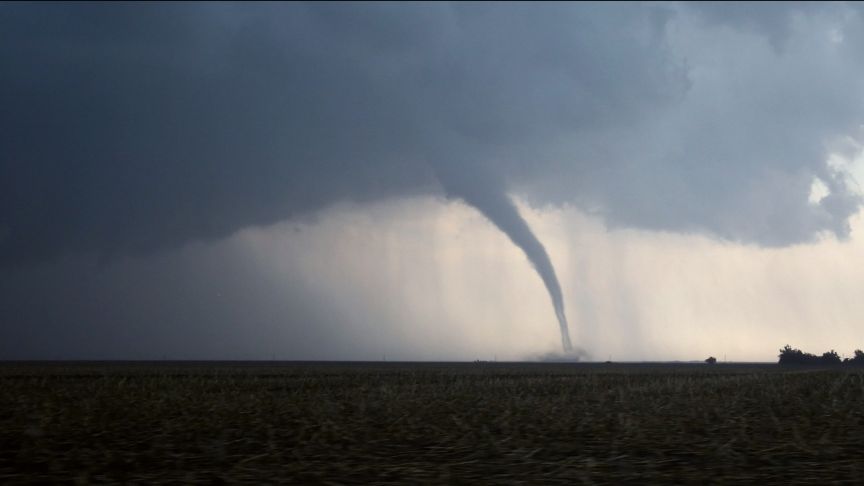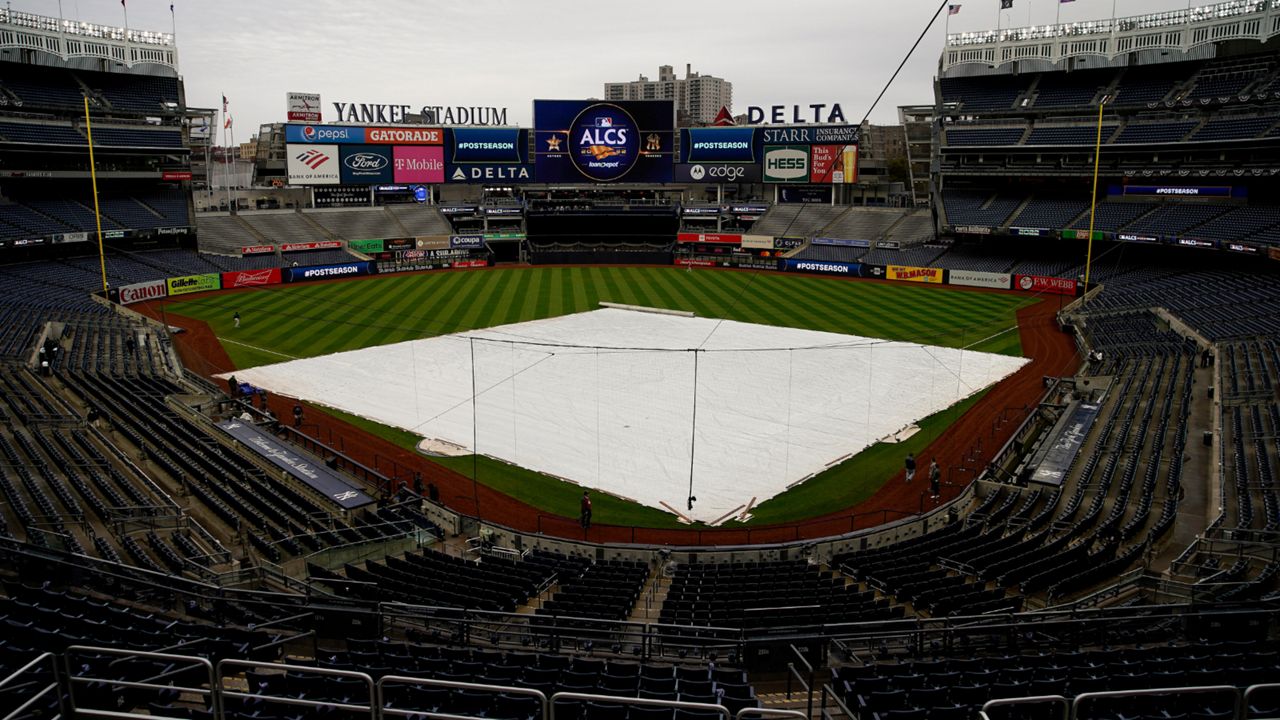When I was a little girl, I was fascinated, scared and in awe of storms. I would rent the VHS of "Wizard of Oz" all the time from the public library, would watch The Weather Channel nonstop, and when the movie "Twister" came out…it was game over!
I was destined to become a meteorologist and a storm chaser.
What You Need To Know
- There were more tornadoes last year in the Southeast than the Great Plains
- Many studies are ongoing about why this is happening
- The best advice is to be prepared and know what to do is severe weather strikes
After going through four years of college and two years of graduate school to officially gain the title of “meteorologist”, it was my turn to take what I was learning and apply it to chase storms in the Great Plains, aka “Tornado Alley”.
I traveled with 14 students and two professors from Mississippi State University all the way to the Texas Panhandle to start our almost three-week chase.
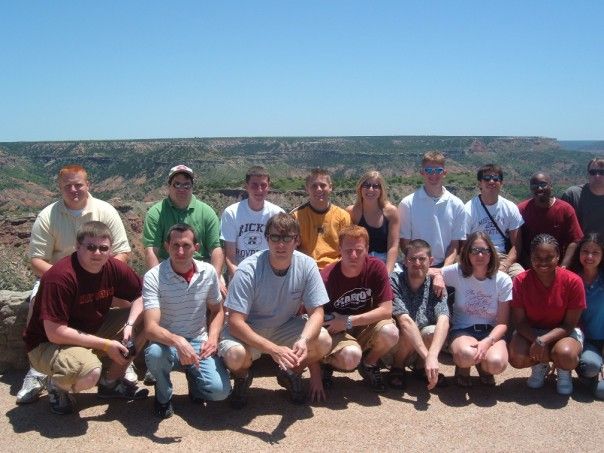
We traveled all the way to the southern part of South Dakota (where I saw my first tornado) and east to Iowa, Nebraska, Kansas, Oklahoma and Texas. In fact, one of the most memorable storms I chased was near Amarillo, where we waited for the storm to develop while we hiked in the Palo Duro Canyons.
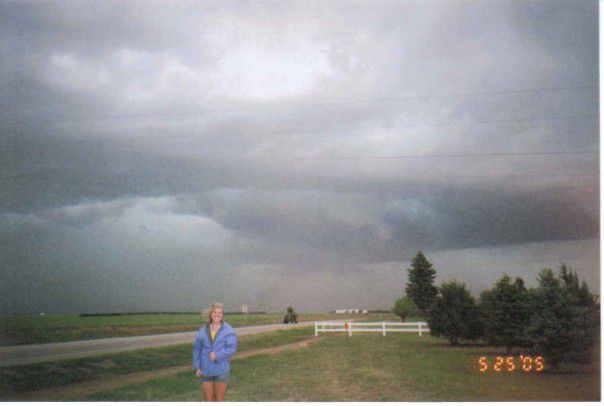
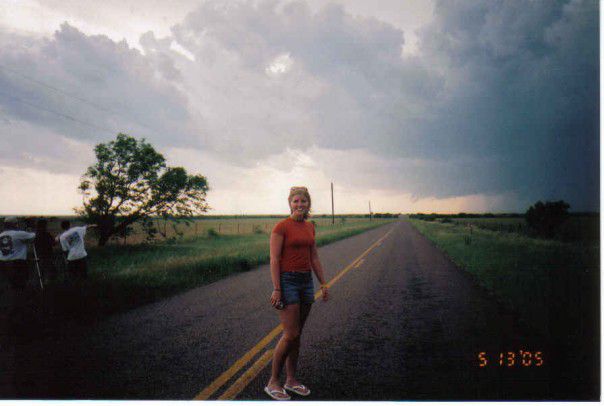
This was 15 years ago. We would travel so far to see these types of storms, but now, the meteorology students at Mississippi State can literally walk outside their door and immediately start chasing.
This idea popped into my mind after reading this article about how Tornado Alley had recorded low numbers of tornadoes in 2020 and parts of the Deep South saw double the tornadoes that Kansas and Oklahoma had combined.
“I don’t think Tornado Alley is shifting, but I do believe it encompasses a larger area than the traditional Tornado Alley states from Texas through Nebraska,” said Renny Vandewege, an MSU classmate, fellow storm chaser and Vice President of Weather Operations at DTN.
“States in the Mississippi and Ohio River valleys are very prone to tornadoes and two of our largest tornado outbreaks, April 27, 2011, and the Super Outbreak of 1974 both occurred east of the Mississippi River in these areas.”
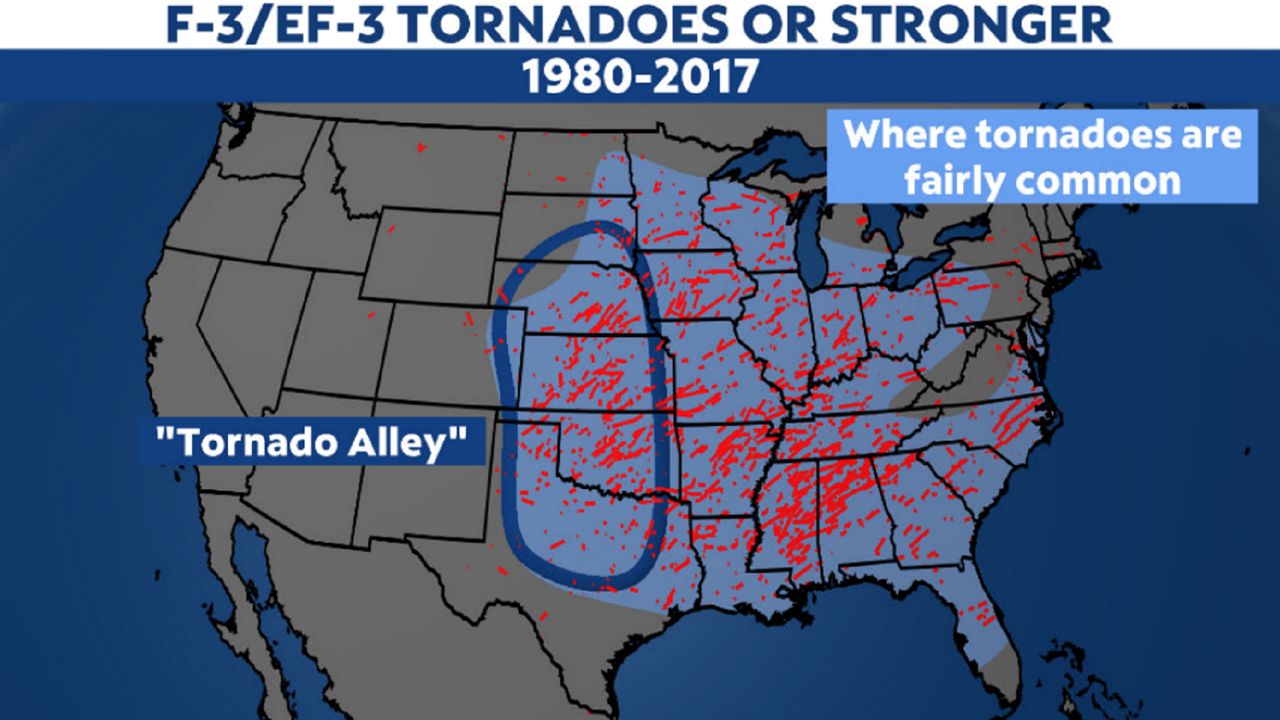
This trend seemed to catch the eye of the National Severe Storms Laboratory and they launched a multi-year research project, called VORTEX-SE. With new technology today, this has helped us better understand the way storms behave in the Mississippi and Tennessee Valley and how the public receives their severe weather information across the Southeast.
“Dual polarization radar upgrades in the last 15 years have improved products to where we can identify tornado debris in storms nearly instantly,” Vandewege said. “Also, storm chasing has become more popular in recent years across all of the eastern U.S. In the past, storm chasing was confined to the wide open Great Plains. But with drones and better radar apps, along with the increasing popularity of storm chasing, I believe we are documenting more storms outside of traditional Tornado Alley.”
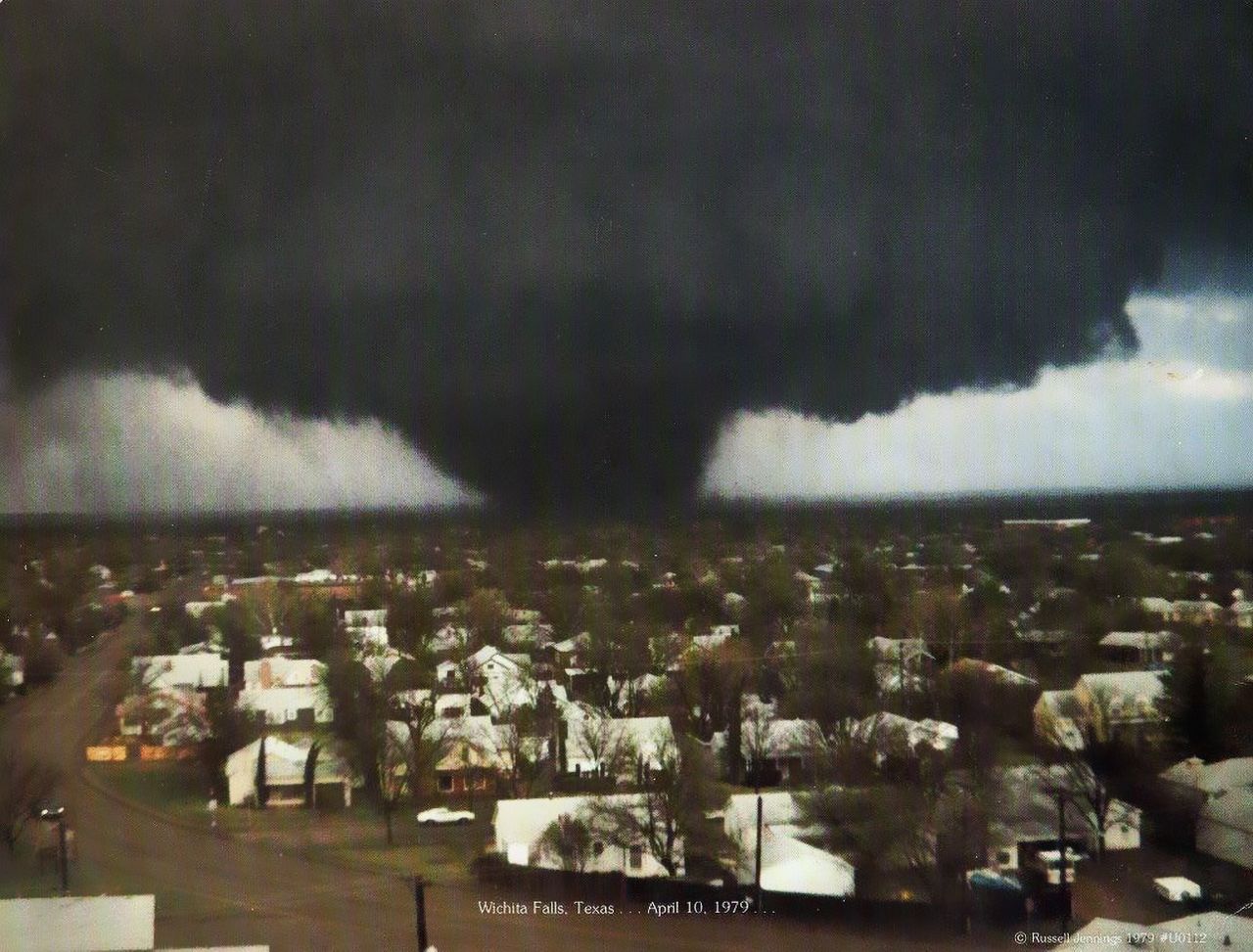
There are several reasons for the Southeast typically experiencing more deadly and destructive tornadoes: Terrain, population density, types of storms, timing and housing.
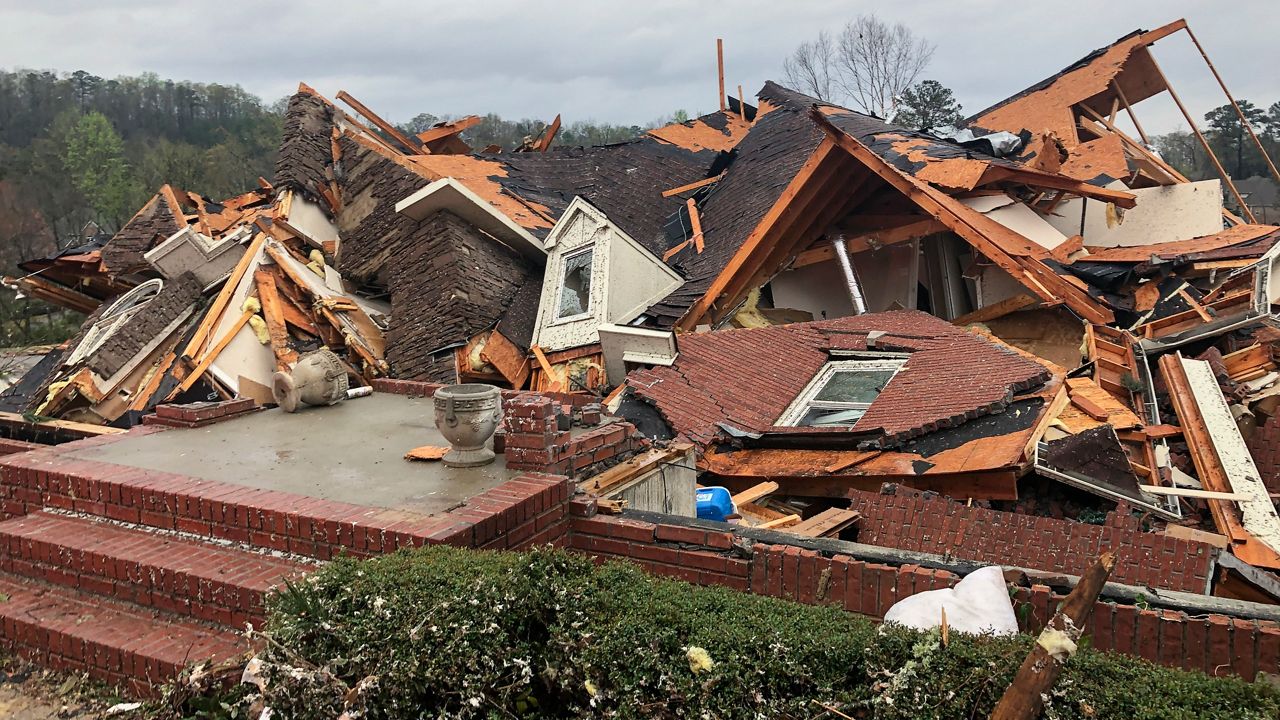
The terrain east of the Mississippi River differs vastly from than the Great Plains. For example, you can see a tornado many miles away with the wide open spaces versus the dense forest in parts of the Southeastern United States. Also, the population is higher across the South verses the Plains. So, when there’s a tornado outbreak, unfortunately it has a higher probability of hitting a town or city in that region.
Tornadic storms in Tornado Alley are usually so-called LP super cells (low precipitation) but in the South they are typically HP supercells (high precipitation) because of the increase in moisture from the Gulf of Mexico.
These supercells are often wrapped in rain which visually impairs the tornado to storm spotters, chasers, law enforcement and the public. You rarely see a clear picture or video of a tornado in this region, not like the postcard tornadoes you see on a Nebraska farm.
In traditional Tornado Alley, tornadoes most often form in the later afternoon and early evening. The instability in the South can be maintained long after the sunset thanks to its proximity to the Gulf of Mexico. This increases the frequency of intense nighttime and early morning tornadoes.
There is also a less focused tornado season in this region which can experience tornadoes in every month of the year. In fact, the Super Tuesday Outbreak of 2008 was a surprise to many since it didn’t fall in the normal March–May severe weather season.
The type of housing is completely different in the Mississippi and Tennessee Valley versus the Plains states. You rarely have basements in the south because of the damp soil.
Also, several states in the south have a high number of manufactured homes which are not sturdy shelters during severe weather. In contrast, many houses in Oklahoma have tornado shelters and if you don’t, your neighbor or friend does.
After several consecutive years of deadly tornado outbreaks across the Southeast, many places are building community storm shelters. In, April 2014, an EF-4 tornado churned over 30 miles and tore through the small town of Louisville, Miss. killing 10 people.
After that devastating storm, city officials sprang into action and built a Monolithic Dome Safe Room in the heart of downtown, which can house 2,200 people and withstand 250 mph winds.
In its first year, they opened the doors 11 times!
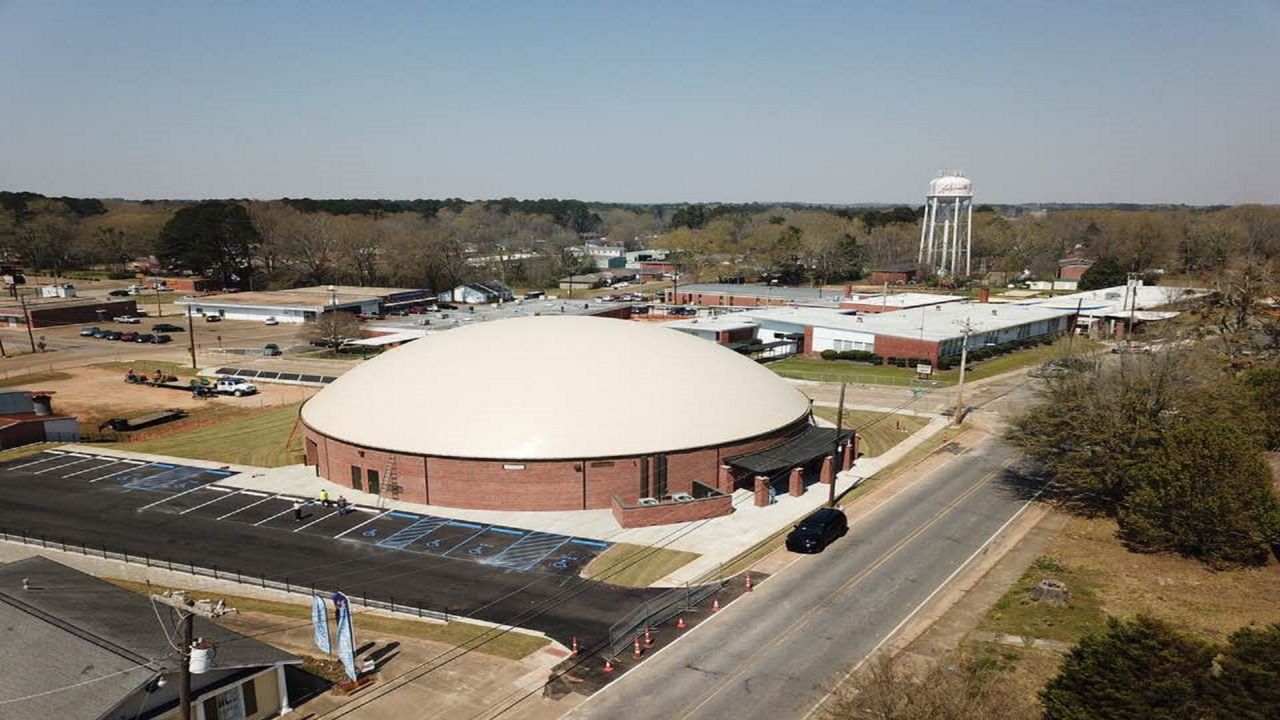
Just like we’ve noted with winter storms, hurricanes, drought; severe storms will become just as extreme and more common because of climate change.
However, Vandewege has a slightly different take: “There’s certainly evidence that climate change is increasing the occurrence of extreme weather events, but I also believe urban expansion is leading to more of our landscape being prone to tornado risk as well. As cities widen, storms that may have been in open fields 20 years ago are now impacting structures that previously didn’t exist.”
We still have several weeks of severe weather season to go. Are you prepared? Check out this article for some ways to make sure you are.




